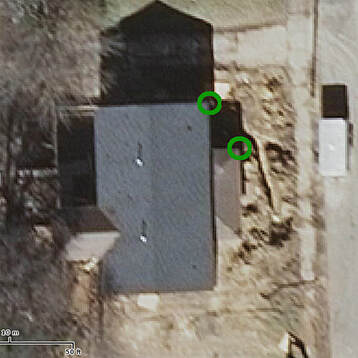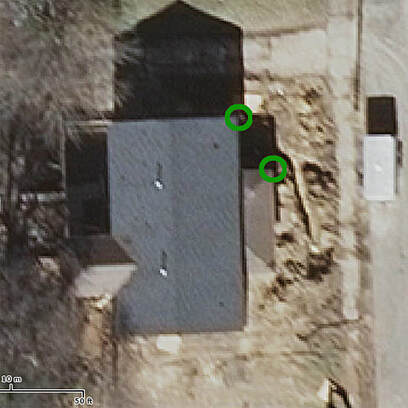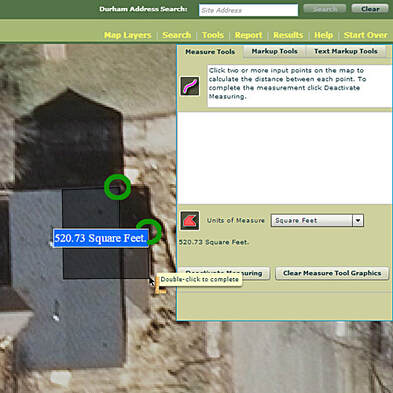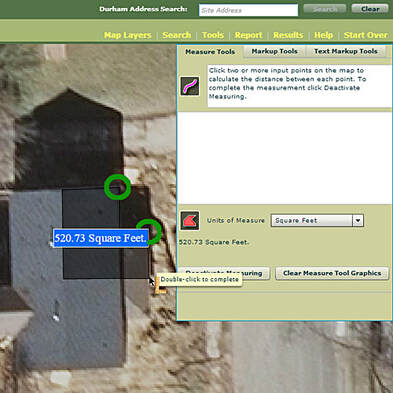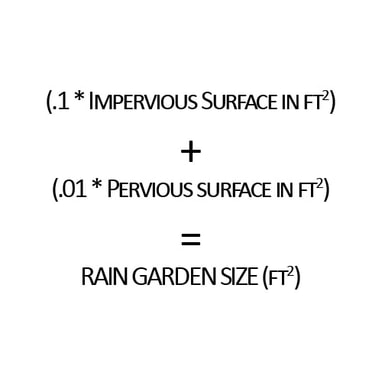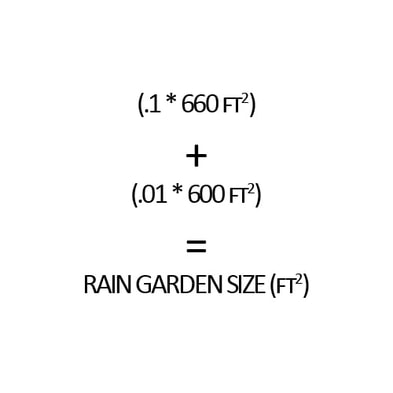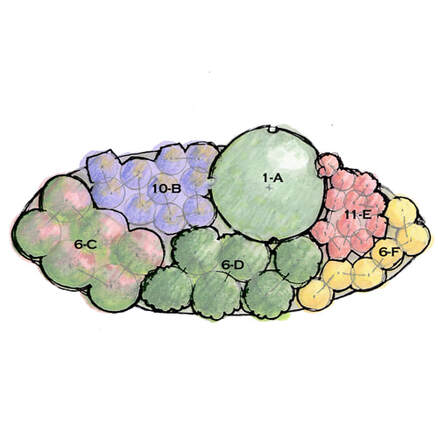|
To measure the area, consider using a tool like Durham GoMaps
Simply search for your address and use the Area Measurement tool to determine the square footage of your roof, lawn, and/or driveway that will be feeding into the garden. |
|
Now we know where your rain garden is going and how big it will be.
It’s time to move on to Step 3: Installing your garden! |
